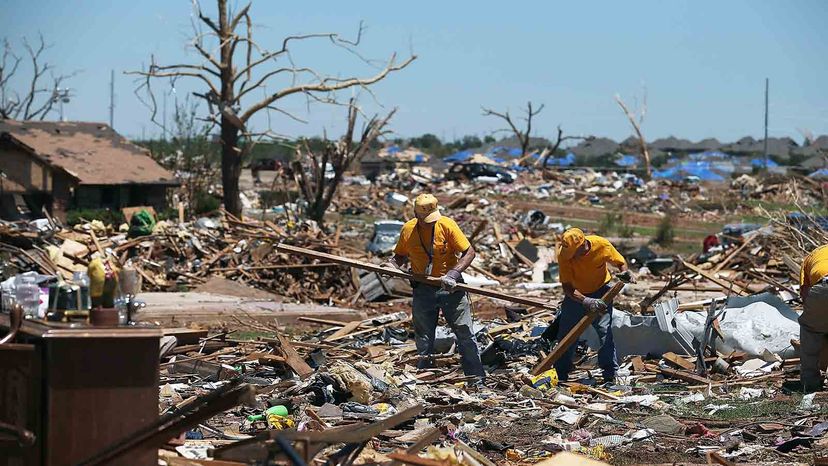
Spanish philosopher George Santaya is credited with the old adage: "Those who cannot remember the past are condemned to repeat it." Sure, it's a little dramatic, and you wouldn't be blamed for letting loose a loud sigh and eye roll if someone said it to you in a preachy way. But the man who wrote these words had a good point. Continuity is necessary to progress — or, in normal-people words, we must remember stuff from our past in order to do it better in the future.
When you put it that way, it seems like common sense. You eat ice cream too fast and you get a headache. So next time you slow down a little. Clearly. But if history is full of warnings, we haven't always been very good at heeding them. The past is bursting with people who made mistakes similar to those of their predecessors, and, lo and behold, they suffered similar consequences. These tragedies are especially sad because they are often preventable.
Advertisement
So did all of history's disasters happen because some poor sap dropped the ball? Not really. Sometimes bad things happen that no one can control. And sometimes they happen over and over again to the same people. It's simply bad luck.
Either way, there are plenty of examples throughout history of repeat tragedies. Here are some of the worst.










